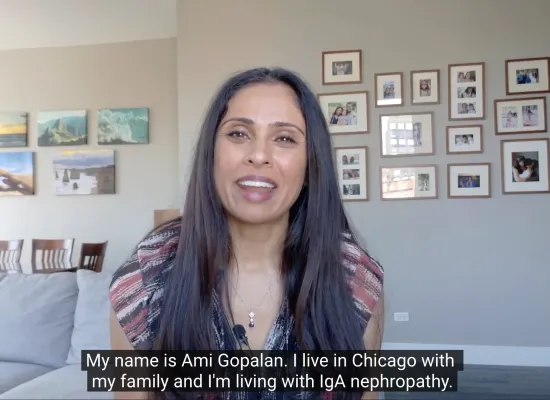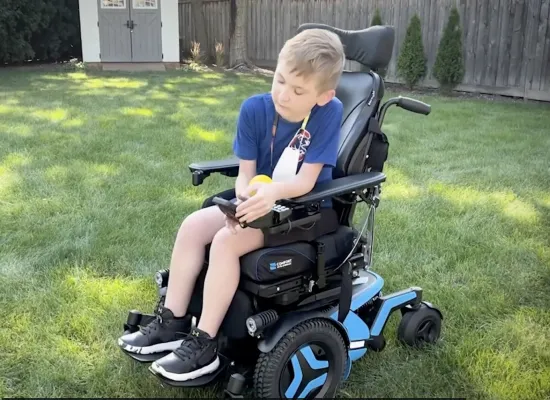
Nathan's Patient Story: Hemophilia B
Meet Nathan Mermilliod who shares his experience living with severe hemophilia B, a rare bleeding disorder that requires lifelong prophylactic treatment to prevent dangerous internal bleeds. Diagnosed at just three weeks old, Nathan explains the challenges of managing his condition, the financial burden of care, and his determination to give back to the bleeding disorders community. Inspired by his journey, he is pursuing a career in medicine to help others navigate life with hemophilia.
Transcript:
My name is Nathan Mermilad. I live in Riverside, California, and I have severe hemophilia B.
Hemophilia is a bleeding disorder, which means my blood doesn’t clot properly. It takes longer for my body to form clots than it would for someone without hemophilia, leading to more severe injuries and sometimes spontaneous bleeding.
I’m missing one of the components of blood—specifically, Factor IX, one of the 13 clotting factors (proteins). I take medication to help my blood clot in a timely manner.
There are different severities of hemophilia: severe, moderate, and mild. Having severe hemophilia means I have less than 1% of Factor IX in my blood. Someone with moderate hemophilia might have about 5%, and someone with mild hemophilia could have over 30%, only needing treatment during surgery or after an injury.
Some people imagine hemophiliacs gush blood after an injury, but that’s not the case. My bleeding looks normal—it just lasts longer and is harder to stop.
People with hemophilia or other bleeding disorders are diagnosed at many different ages, but those with severe forms are often diagnosed very early in life. I was diagnosed at three weeks old and started prophylactic, or preventative, factor replacement therapy as soon as my veins could be accessed—around one or two months old.
I began with infusions twice a week. As treatments improved, I was able to switch to a once-weekly regimen. I’ll be on prophylactic treatment for the rest of my life—whether that’s factor replacement therapy or newer, novel therapies. I rely on this treatment. I need it to live.
When I was a kid, I wanted to be as active as possible. I played baseball for a short time, but that required a lot of precautions—infusions every other day, wearing ankle braces, and sometimes using crutches because my joints, especially my ankles, bled frequently.
Bleeds can be internal—in fact, they mostly are. Any bruise is technically a bleed. For me, bruises are common; they’re just part of living with a bleeding disorder.
Right now, I appear very normal—and that’s only because of great treatment. But the treatment is extremely expensive. Many people face high co-pays, large deductibles, and difficulty affording consistent care. That can lead to skipped doses or postponed surgeries, which is a serious problem.
I want to give back to the community that’s given so much to me. The bleeding disorders community has helped me understand my condition and learn how to live with it. Now, I want to help others do the same.
I’ve recently applied to medical school with the goal of becoming a hematologist-oncologist. I hope to help patients on the front lines—especially those newly diagnosed with hemophilia—learn how to manage it and advocate for themselves.
I don’t see my hemophilia as an enemy or something to fight against. Instead, I view it as something I work with—something I walk alongside throughout my life.
My name is Nathan, and I live with severe hemophilia.
Featured News & Resources
See Full CalendarAI Pre-Conference Program
AMCP Southwest Day of Education
Upcoming Events
AMCP offers a wide variety of educational opportunities, from events and webinars to online training.







